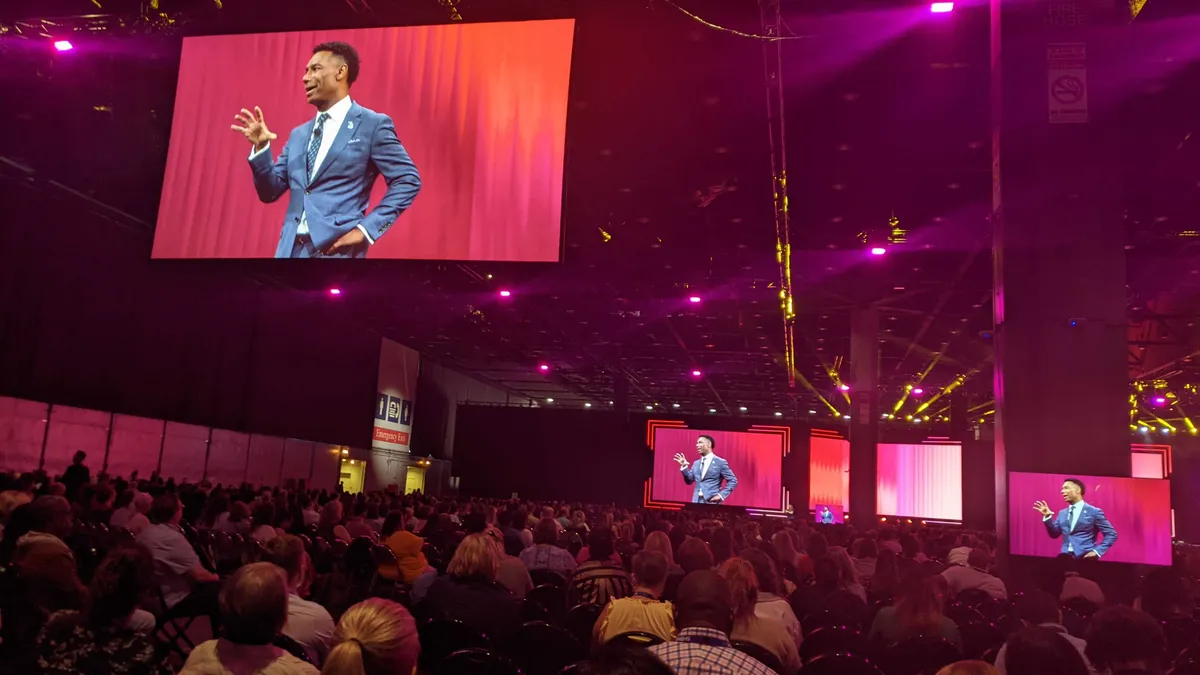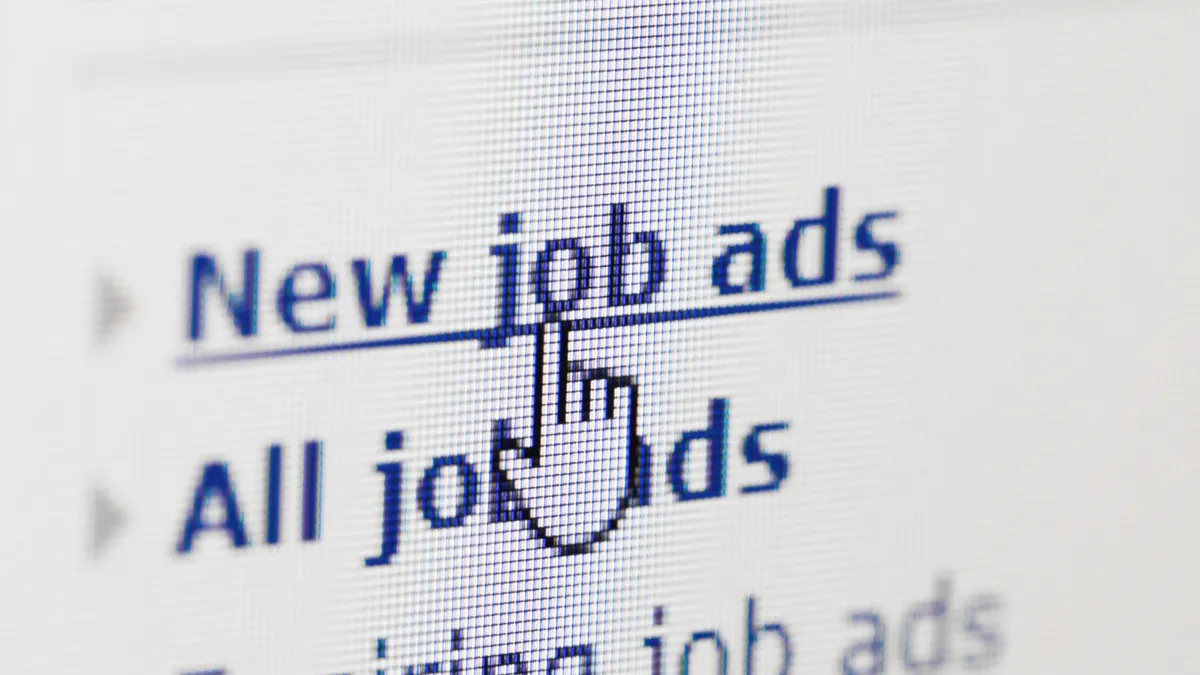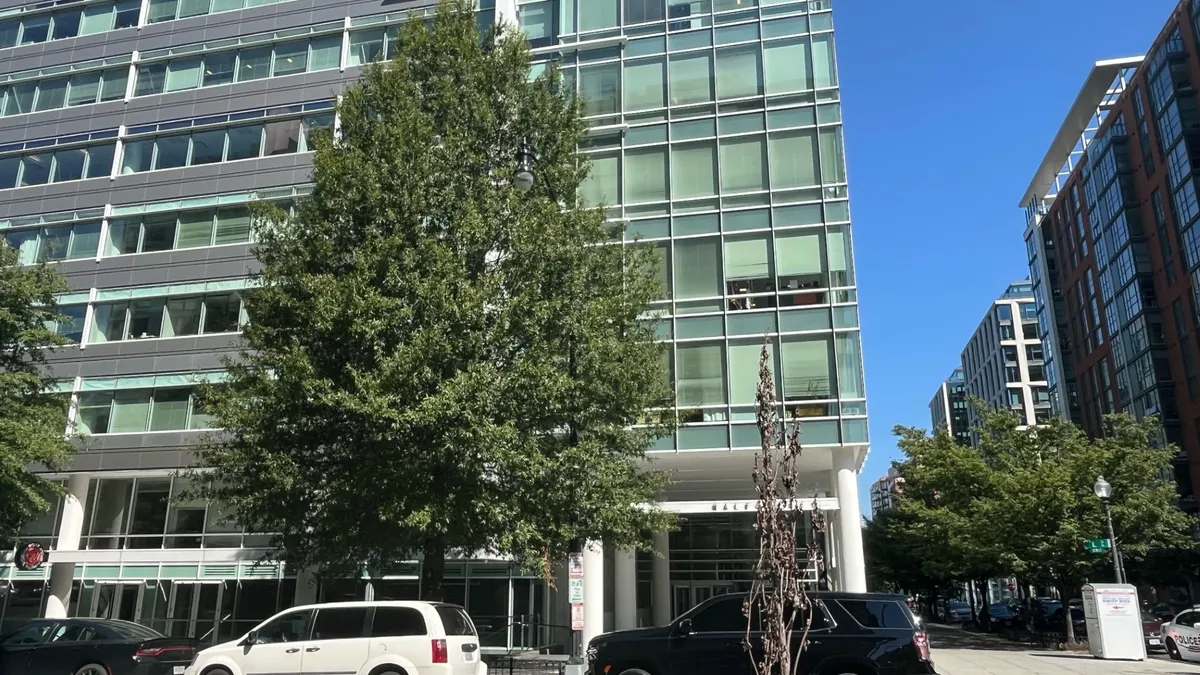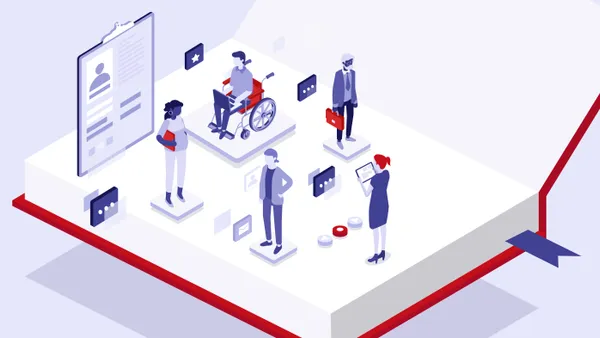Consider the CIO's laundry list: Migrating to the cloud, cybersecurity solutions, deploying the latest AI/ML technologies, UX/UI and agile. They're just a few of the never-ending tasks before the technology department.
Each upgrade requires people with the knowledge, ability and experience to execute strategic plans while maintaining day-to-day IT operations.
Modernization, it turns out, is really a people problem.
“Ask any company leader right now, what's the biggest challenge you're facing? They all say talent,” said Dr. George Westerman, senior lecturer at MIT’s Sloan School of Management and moderator of a panel on talent recruitment and retention at last month's MIT Sloan CIO Symposium.
In the face of the Great Resignation and pandemic-related disruptions, Westerman’s question — and its implicit answer — begged further questions about what tech companies and organizations on the pathway to becoming fully digital can do to address shortages of crucial skills and talent.
The solutions may require CIOs and other tech leaders to forge stronger working relationships with HR departments, and to adopt more of an HR mindset regarding workforce planning.
“Most of my conversations start with clients saying, ‘Listen, I'm having a really challenging time with recruiting and hiring people,’" said Suman Thareja, partner at McKinsey & Company. "As I unpack that, I find workforce planning starts to emerge as the crux of the problem."
"A lot of executives don't necessarily know the extent of the gaps they have between the skills they have today and the skills they need in the future,” she said.
Looking inward
As the cost of recruiting in-demand tech talent has gone up, company leaders have turned to upskilling initiatives to fill tech workforce gaps. But the challenges in workforce development are manifold, from matching trainees with specific teachable skills, to designing effective training programs that combine instruction with on-the-job mentorship.
A commitment to upskilling also requires CIOs and other C-suite executives to nudge HR departments away from a recruitment-centric mindset that undervalues the potential of in-house talent.
“We mined a whole bunch of data where we looked at what HR actually does with its days, and HR spends about three times as much time on talent acquisition as it spends on all of talent management,” said Melissa Swift, U.S. transformation leader at the consulting firm Mercer.
Given the current imbalance in supply and demand for technology talent, recruiting efforts can be akin to casting a line into an overfished reef. The time and effort spent in hiring, coupled with salary inflation for sought-after engineering and programming skills, adds up to a significant capital investment for many organizations.
"Definitionally, anyone new you hire is going to cost more than the people you have," Swift said in an interview with CIO Dive. "The other piece is that if you want a diverse population of people with emerging skill sets, you are generally much better off retraining your own folks."
Workforce development starts, and ends, with retention
Upskilling requires cross-departmental coordination; IT leaders know their staffing and skill needs, while HR professionals bring workforce development experience to the table.
“HR supports us with the tools, with the programs they have,” Wafaa Mamilli, EVP and chief information and digital officer at Zoetis, said on the panel. “But it can’t just be an HR function.”
Zoetis, the world’s largest animal pharmaceutical company, has met this challenge by implementing an enterprisewide digital fluency program and a guild system where employees can earn badges in various technical areas.
“Companies mostly do a very good job at developing top talents. We do an okay job of taking care of those who are underperforming. It is the full middle that tends to be 90% or 95% of the portfolio population in any organization that we have neglected in the past,"Mamilli said. "We're now paying the price.”
Comprehensive workforce development has multiple benefits. For companies that foster a learning culture, upskilling represents a steady talent pipeline. Training programs can improve workforce morale, increasing workforce retention.
This can have a particularly potent impact on new hires, said Mamilli. Retention is more of a problem with new employees than with those who have been with a company for 15 to 20 years.






















